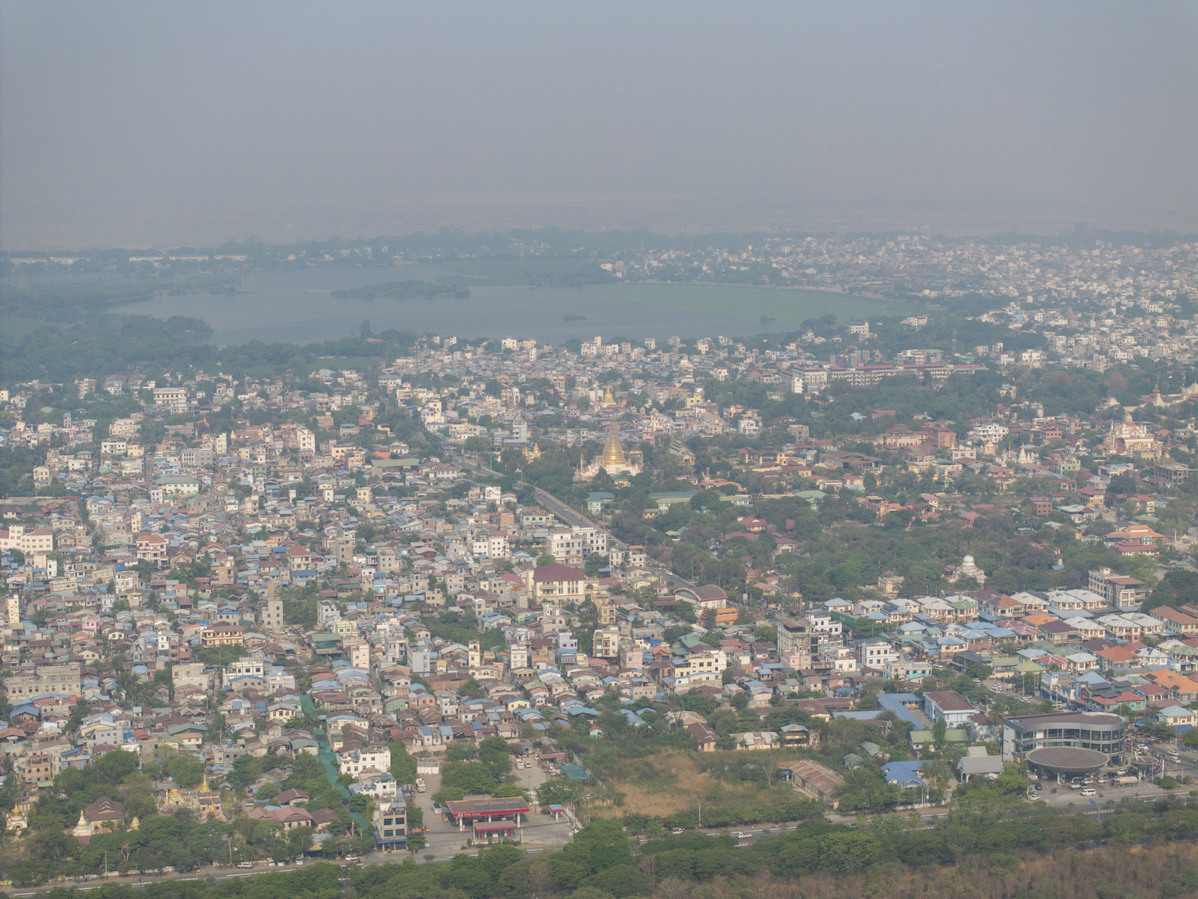
While "humanitarian assistance and disaster relief" is a key part of its partnership framework with the Association of Southeast Asian Nations that the United States has vowed to strengthen, little has been forthcoming for Myanmar after the ASEAN member was hit by a magnitude 7.9 earthquake on Friday.
"We're gonna be helping. We've already alerted the people, yeah, it's terrible what's happened." That was the US president's throwaway reply to a question about the US' response to the earthquake, whose epicenter was Mandalay, Myanmar's second-largest city and home to about 1.2 million people.
Despite the US administration's deep cuts in its foreign assistance through the US Agency for International Development, with dozens of major military bases in the Asia-Pacific, the US is in a good position to provide emergency disaster-relief for Myanmar. Not to mention that, as State Department spokesperson Tammy Bruce admitted, despite the USAID cuts, "there has been no impact on our ability to perform those (disaster rescue and relief) duties".
READ MORE: Malaysia convenes ASEAN emergency meeting on Myanmar earthquake
Yet, as of Monday evening, after the 72-hour golden period for rescue work had expired, no US assistance had materialized.
In a stark contrast, apart from providing Myanmar with 100 million yuan ($13.9 million) in emergency humanitarian aid to support earthquake relief efforts shortly after the disaster struck, China's first rescue team reached Myanmar on Saturday morning carrying emergency supplies such as full-function life detectors, earthquake early warning systems, portable satellite phones and drones. China's first batch of disaster-relief materials arrived in the country on Monday noon, including tents, blankets, first-aid kits, food and drinking water.
With other Chinese rescue teams and disaster-relief materials on the way to Myanmar, China is among the first foreign countries to have delivered on its promise of help.
While the number of deaths in Myanmar had risen to around 2,000 as of Monday, with the death toll expected to rise sharply as the rescue work is still underway in the worst-hit areas, some of which remain inaccessible even three days after the disaster. The lack of professional rescue teams and equipment, and the frequent aftershocks, as strong as magnitude 6.4, markedly reduce the chances of survival for those buried under the rubble.
Meanwhile, the lack of food, medicines and necessary epidemic prevention and control resources make the situation worse for the survivors amid high temperatures of about 40 C in the daytime and subtropical humidity.
While regional countries and international bodies, including the United Nations, are racing against time to provide all necessary assistance to Myanmar, Bruce told the media that the US administration would use requests for assistance and reports from the region to shape its response to the quake.
ALSO READ: Chinese teams rescue six in quake-hit Myanmar
While bragging about its upgraded relationship with ASEAN-"the United States has demonstrated that we are a reliable and enduring partner for our combined one billion people" — the US' response to the Myanmar earthquake just serves to show what a selfish "partner" the US is.
China's cooperation programs with the ASEAN members are all unconditional and open, and focus on win-win results and welcome third-party participation, promoting regional solidarity, connectivity, free trade and common development.
In contrast, the US' projects in the region, with their meager input, are invariably conditional and tilting heavily in favor of security and defense deals that serve the US' geopolitical interests, promote US "values", and consolidate the US' tariff barriers.
Who needs a friend like that in a time of need.


